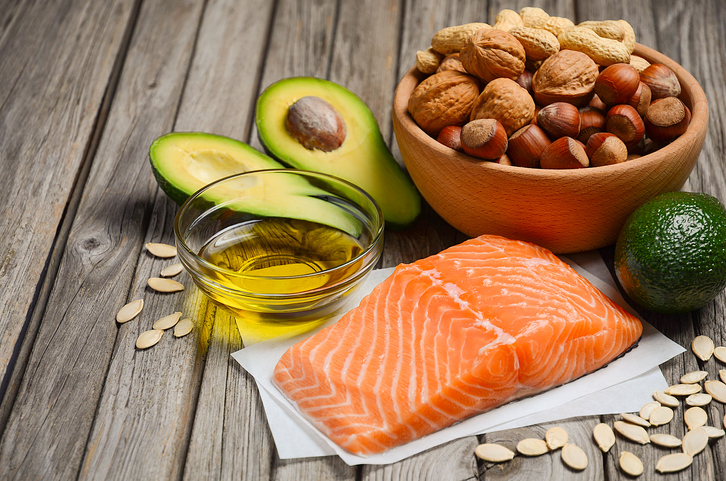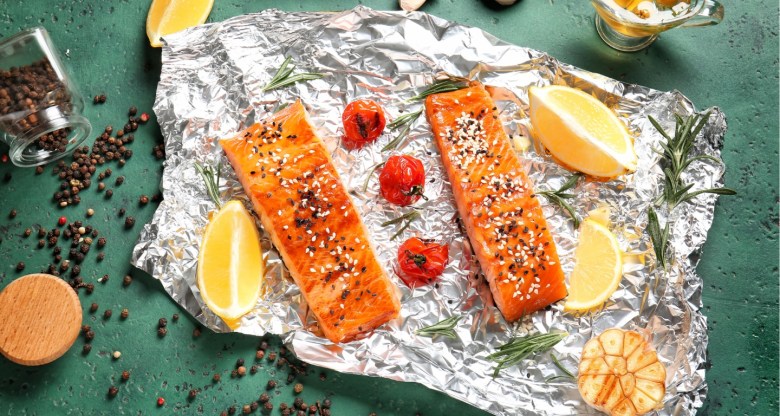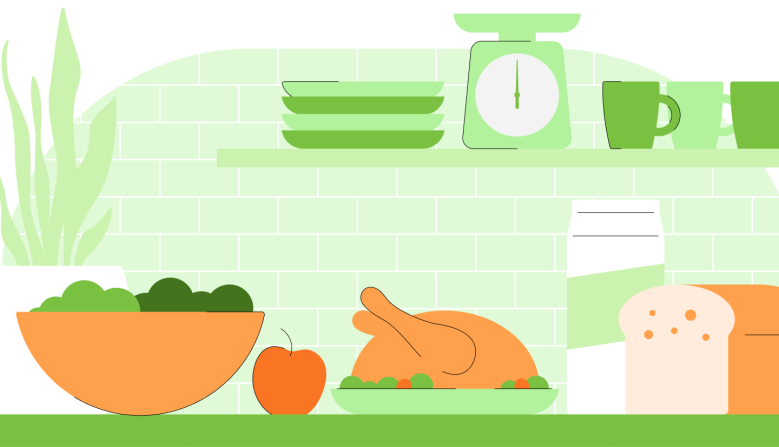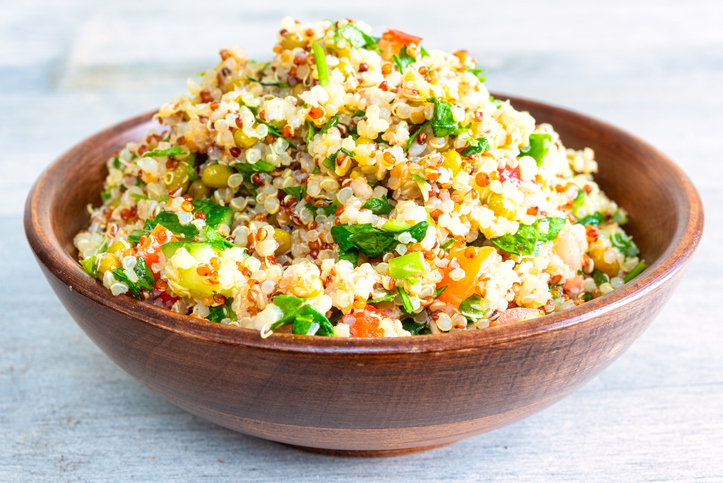Fats You Can—and Should—Eat



It’s just not fair: Fat got a bad rap decades ago because scientists assumed, based on the misinterpretation of a couple of large studies, that eating foods containing fat would lead directly to obesity and heart disease. Fatty foods were made out to be our sole dietary vice, responsible for raising our cholesterol levels, clogging our arteries and causing us to get, well, fat.
And that made a kind of intuitive sense—why wouldn’t the fat you consume wind up as the fat you see on your butt and thighs? But “the low-fat diet backfired,” says Frank Hu, M.D., professor of nutrition and epidemiology at the Harvard School of Public Health. “America’s obesity epidemic skyrocketed even while our fat intake went down.” So experts are getting off the “fat is evil” bandwagon these days—and we should too.
Here’s the upside of eating fat.
Like carbohydrates and protein, fat is an essential nutrient. This means that your body requires it for key functions, such as absorbing the fat-soluble vitamins A, D, E and K. “Fat is also an important energy source and is vital for keeping your skin and hair healthy and smooth,” says Bonnie Taub-Dix, RD, author of Read It Before You Eat It.
Even more surprising: Research is revealing that eating the right fats can actually lower your risk of diabetes, heart disease and obesity and improve your cholesterol levels. That’s because all fats are not created equal. It’s not the total amount of fat in your diet that affects how much you weigh or whether you’re at risk for heart disease, according to rigorous studies from the past decade. What matters is the type of fats you choose—and how many calories you’re eating. Here’s a breakdown.
Good fats:
Monounsaturated fatty acids (MUFAs)
Found in plant foods like nuts, avocados, olive oil and canola oil, and in poultry
MUFAs can actually lower cholesterol levels, and, in doing so, reduce your risk of heart disease. In fact, a Journal of the American Medical Association study showed that replacing a carb-rich diet with one high in monounsaturated fats can do both, and reduce blood pressure too.
Polyunsaturated fatty acids (PUFAs)
Found in fatty fish such as salmon and mackerel, and in corn and soybean oils
Like MUFAs, PUFAs have been shown to improve cholesterol levels and reduce heart disease risk. One type is omega-3 fatty acids, which are plentiful in some kinds of fish (not to be confused with omega-6 fatty acids, found in meats, corn oil and soybean oil). Sub in fish for meat, when you can, to get more of the good type of omega-3s.
OK-in-moderation fats:
Saturated fat
Found in meat and dairy products such as cheese, butter and milk
We’ve been warned for decades to eat less saturated fat—after all, it raises “bad” (LDL) cholesterol levels, and thus, it was assumed, ups your risk of heart attack and stroke. Lately, though, there’s been little research that links saturated fat consumption and heart disease or stroke. And some types of fat have been entirely exonerated: “Stearic acid, found in dark chocolate, is clearly non-harmful,” says David L. Katz, M.D., former director of the Yale University Prevention Research Center.
Bottom line: You don’t need to ban saturated fats entirely. Just make sure most of your fat intake is unsaturated, eat red meat only once or twice a week, and use olive oil instead of butter when possible.
Bad fats:
Trans fat
Found in some fried foods, shortening and packaged snacks like crackers and desserts
Trans fat gained notoriety several years ago when one state and a handful of cities banned the artificial kind, found in partially hydrogenated vegetable oils, from restaurants. (Trans fats also occur naturally in small amounts in some foods.) Research has found that artificial trans fats raise LDL cholesterol and lower HDL cholesterol—and a high LDL/low HDL combination can increase your risk of heart attack and stroke.
Experts agree that you should cut out trans fat altogether. “Limit your intake of processed foods, commercial snacks and fast food, and you’ll avoid trans fat,” Katz says. Just check the ingredient list to be sure it doesn’t have the word “hydrogenated,” which means a food has trans fat and you should skip it.
Eat fat to lose weight.
We know what you’re thinking: How do you control calories if you’re downing chocolate, olive oil and nuts? After all, fat packs 9 calories per gram, compared to 4 calories per gram of carbs or protein. Well, for one thing, when you eat a food that contains some fat, you’re likely to feel satisfied faster than when eating something that’s fat-free. That means you’ll consume less of it and will likely be less tempted to snack later on.
So how much “good” fat you should get? The American Heart Association recommends that unsaturated fats make up the majority of fats in our diets, with no more than 7 percent of our daily calories coming from saturated fat. But here’s an easier rule of thumb: “I just make sure that the fats I eat come from healthy food sources—like vegetable oils, fish, legumes, nuts and other plant-based foods,” says Hu. “If you do that, then there’s no need to count.”
© Meredith Operations Corporation. All rights reserved. Used with permission.

















